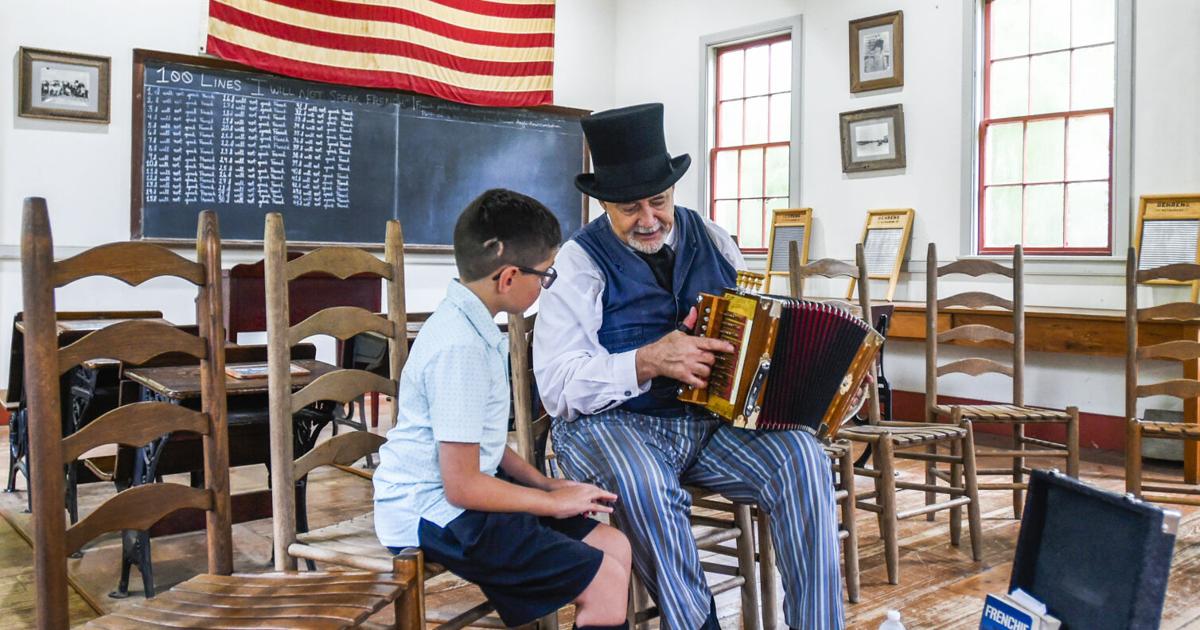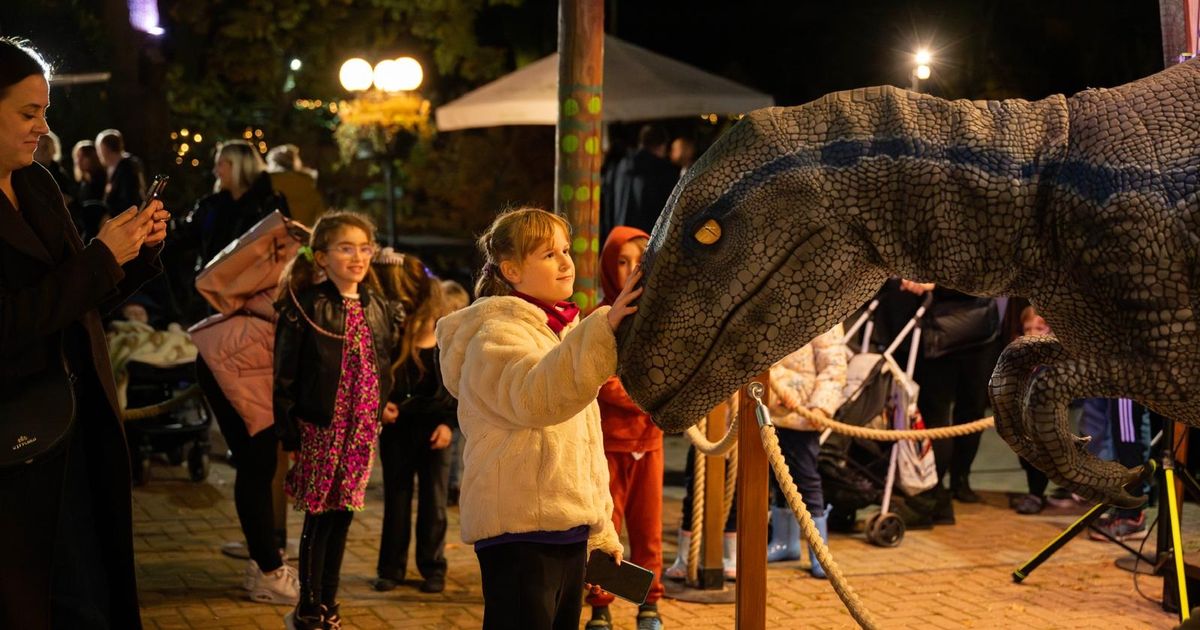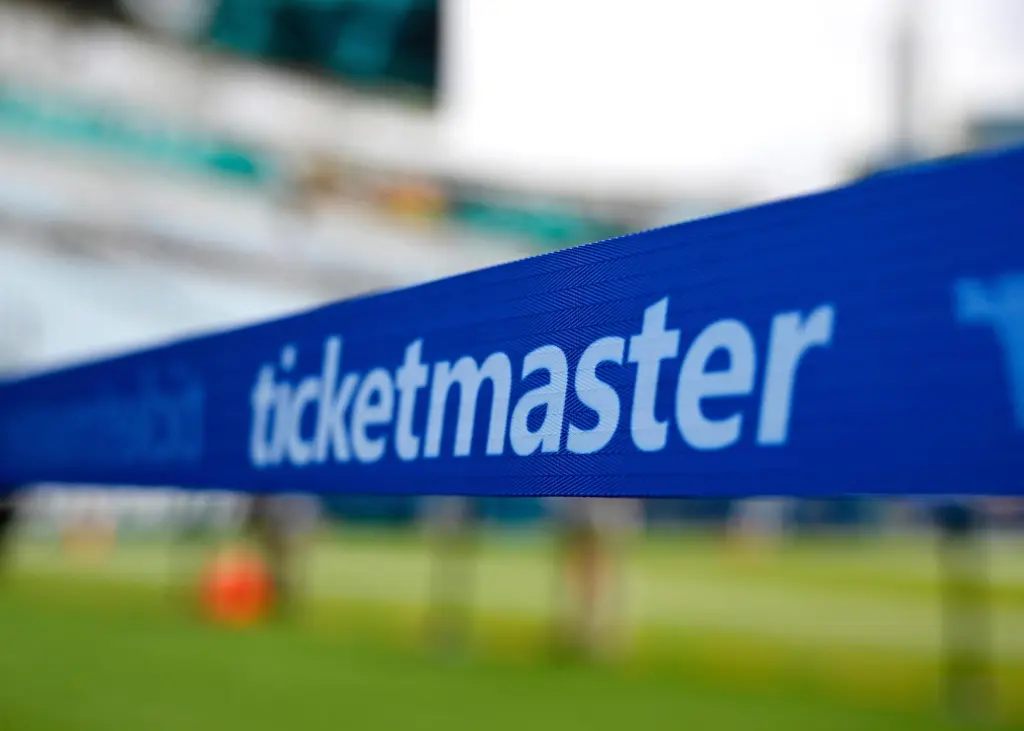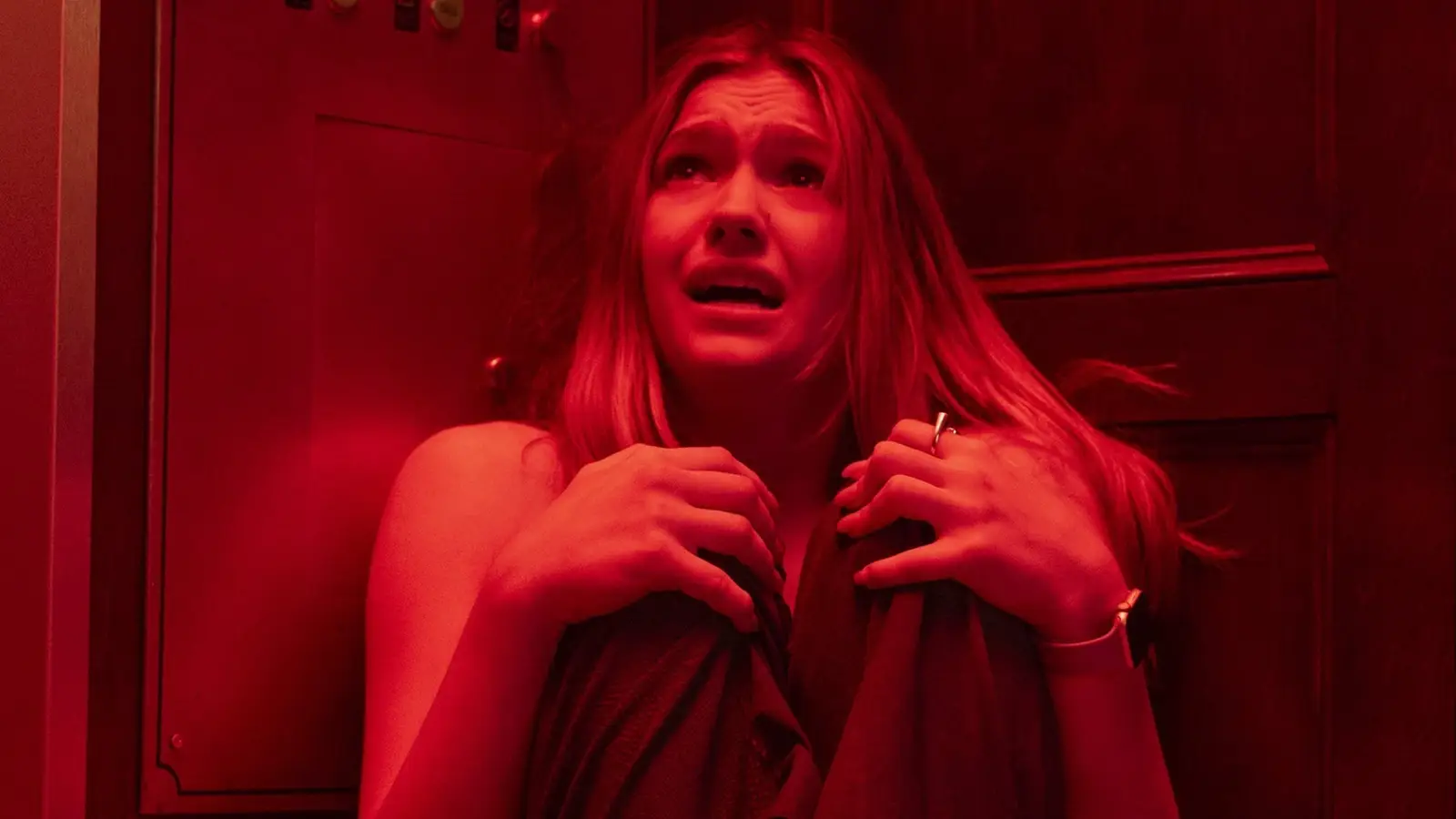
When Lafayette was founded in 1821, it was known as Vermilionville. The city formed itself along the banks of its namesake river, and has long been considered the seat of Acadian and Creole life in southwest Louisiana — a region that is a true melting pot of cultures, including Native American, French, African, Spanish, American and others.
Those peoples all influenced the area’s prominent Cajun and Creole identity, which brings visitors from all over the world to Lafayette. The town re-named itself in 1884 after Revolutionary War hero Gilbert du Motier, or the Marquis de Lafayette.
The history of southwest Louisiana in the 19th century, as seen through the people who built the area, is on display at Vermilionville, a living history museum on the bayou in Lafayette. The museum is structured like a park, with winding paths that take visitors to historic homes and buildings that have been moved from sites around Acadiana and restored for educational purposes at Vermilionville.
The museum is populated by “interpreters,” guides that dress in authentic garb and detail the history of the region in French and English. One interpreter, Brenda Lalonde, has worked there for 25 years.
She recently entertained a group of visitors from Lyon, France with traditional spinning wheel demonstrations. Her French was intelligible but unusual to the Europeans, who conversed in continental French while she spoke a Louisiana Creole and French patois from her upbringing in St. Martin Parish.
“I was raised in Henderson, and everybody spoke French,” she said. “I lived with my grandmother and great grandmother, and my great grandmother didn’t want us to speak French, but my great grandfather spoke only French.
Read more: Bayou Vermilion District millage renewal is ‘critical,’ leaders say
“It was a little rough. He’d speak French to us, but we’d have to answer in English. You were considered illiterate if you spoke French. She was college educated, so a little higher standard.”
Lalonde’s descriptions of 19th century Cajun life, coupled with stories from her own rural Louisiana French upbringing, brings Cajun culture to life in a way little else can. But Vermilionville also offers opportunities to experience key aspects of the culture for yourself, such as the rich music, food and community the area is known for.
They host a Sunday dance each week, with a local band and excellent local dancers swirling around the dance floor. It’s a great place to learn a few steps for yourself from a willing partner, and the museum’s onsite restaurant, La Cuisine de Maman, features a Sunday buffet and a rotating menu of featured local dishes such as meatball stew, crawfish etouffee and smothered sausage on weekdays.
“We have something going on every day for every kind of person,” said Ellen Fucich. “We have entertainment every weekend, with a Cajun jam on Saturdays and the ‘Bal du Dimanche.’ We feature living history of all of the cultures in the area that blended into ours. The gift shop is awesome, with local artisans and makers and authors.
“Or you can just come out and enjoy this beautiful weather in a lovely setting, where you might see an alligator.”
Fucich is the marketing and communications director for the Bayou Vermilion District, which is a governing entity appointed by Lafayette city and parish representatives to promote recreation, manage cleanup and monitor water quality along the Vermilion, and manage the Vermilionville Living History Museum and Folklife Park.
The Bayou Vermilion District was formed in 1984, at a time when concerns were especially pronounced about the quality and future of the Vermilion River. The museum opened in 1990, and 35 years later, it’s still connecting Acadiana residents and global visitors to the area’s unique history and waterways.
Vermilionville interpreter Jay Steiner said that the region has always had an incredibly diverse culture, informed by the myriad peoples and nationalities who settled southwest Louisiana, and that sharing that with locals is just as much fun as educating tourists from farther afield.
Said Steiner, “This area was never just a group of 200 Acadians who came down from Canada, the way some people think. And much of what we think of as quintessentially Cajun didn’t necessarily arrive here with the Acadians. That’s what makes it fascinating to people, especially people from outside Louisiana.
“They love how this Creole and Cajun culture differs from the rest of the country, and of course, how it translates to all of the things that people love about Louisiana.”



